The **wok** is not just a simple cooking vessel; it is a **remarkable** tool that has transformed the way we cook in professional kitchens worldwide. For anyone involved in culinary arts, understanding what is special about a wok can open up a realm of possibilities in flavors, techniques, and dish presentations.
Originally hailing from China, the **wok** has become a staple in kitchens globally. Its **unique** design and versatility make it suitable for a variety of cooking methods, and that is why culinary professionals are continually exploring its capabilities.
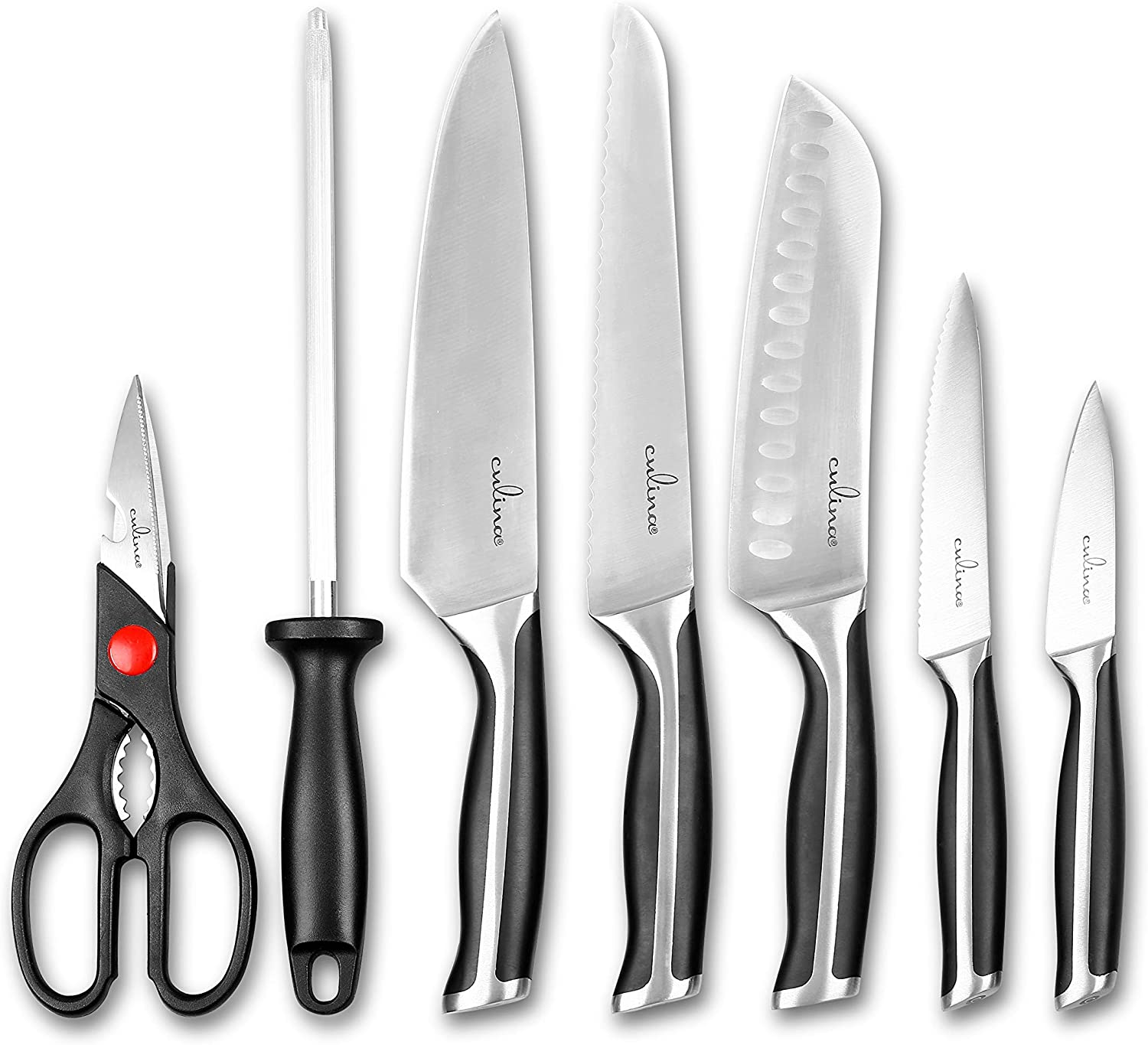
The Design of a Wok and Its Impact on Cooking
One significant factor that sets a **wok** apart is its distinctive round-bottom shape, which allows for superior heat distribution. This shape enables chefs to achieve high temperatures quickly, making the wok ideal for stir-frying, a cooking method vital in many Asian cuisines. The **quick** cooking offered by a wok helps in retaining the nutrients and texture of the ingredients used, making it a preferred tool for health-conscious chefs.
Furthermore, the **high** sides of a wok prevent splattering and enable chefs to toss ingredients effortlessly, achieving even cooking without the risk of spills. This feature is particularly beneficial during high-paced cooking in a professional kitchen.
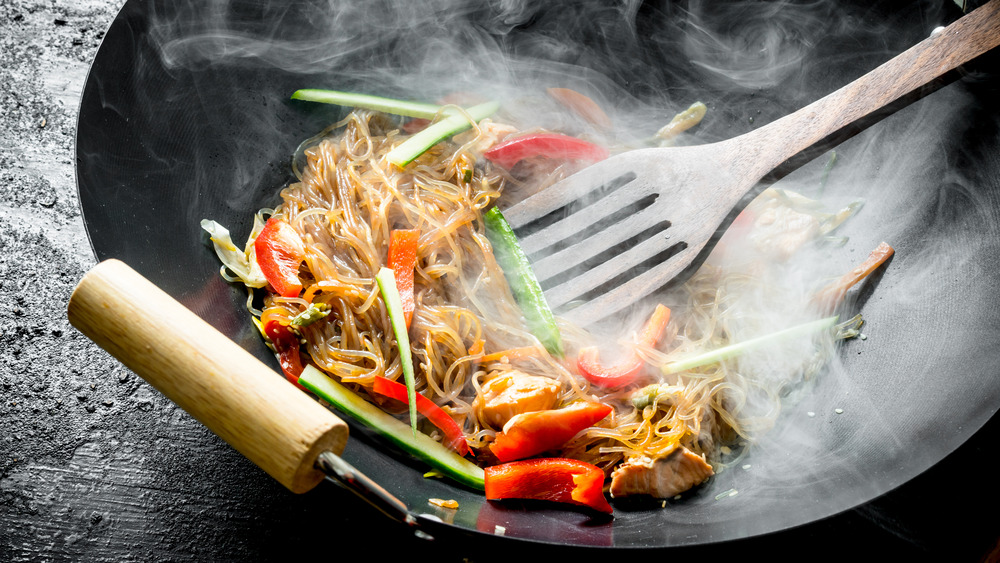
Wok Cooking Techniques Everyone Should Know
For kitchen professionals, mastering several cooking techniques with a **wok** is essential. Here are a few to get started:
- **Stir-Frying**: The hallmark technique of wok cooking, ideal for quickly cooking vegetables and proteins while retaining their crunch and flavor.
- **Steaming**: Woks can be used for steaming, especially with the addition of bamboo steamer baskets, making them highly versatile.
- **Deep-Frying**: The shape of the wok is excellent for deep-frying due to its capacity to hold a significant amount of oil.
- **Smoking**: Impress your guests by utilizing your wok for smoking meats and vegetables for an unforgettably **remarkable** flavor.

Choosing the Right Wok
Not all **woks** are created equal. Selecting the appropriate wok can significantly impact your cooking experience. Here are a few key considerations:
- **Material**: Woks come in various materials like carbon steel, cast iron, and non-stick. Each material has distinct properties that affect heat retention and flavor.
- **Size**: Woks typically come in multiple sizes. For a professional kitchen, a larger wok can be beneficial. However, a smaller one may be suitable for home cooks.
- **Handle Type**: A wok can feature either a single long handle or two loop handles, and the choice will depend on personal preference and cooking method.
For further guidance on selecting the right **wok**, consider checking this wok buying guide.

Why Professional Chefs Prefer Woks
Chefs, particularly in Asian cuisines, gravitate toward **woks** for their built-in **efficiency** and versatility. The high heat capacity and various techniques available allow for creativity and adaptability in cooking. Moreover, **wok cooking** fosters a unique flavor development, often referred to as the **wok hay** or 'breath of the wok,' which adds a depth of flavor that is hard to replicate with other cookware.
Not only does this cookware simplify the cooking process, but it also speeds it up, which is critical in fast-paced kitchen environments. Consider learning about the right flame requirements for your wok in our post about BTUs for Wok Cooking.
Maintenance and Care for Your Wok
To ensure that your **wok** remains in top condition, proper maintenance is crucial. Here are some tips:
- Always rinse your **wok** with hot water after use, avoiding soap to retain the seasoning.
- Regularly season your carbon steel wok to maintain its non-stick properties.
- Store it in a dry place to prevent rusting, particularly for cast iron models.
- Use the appropriately sized burner to avoid damaging its base.
For tips on how to remove rust from a cast iron pan, check out this guide on rust removal.
Conclusion
The **wok** is much more than a simple cooking device; it's a tool steeped in culinary history and cultural significance. Understanding what is special about a wok can truly enhance your culinary skills and elevate the dishes you create. Armed with the knowledge of its unique attributes, techniques, and maintenance tips, professionals can confidently utilize this **remarkable** piece of cookware in their kitchens, ensuring that the dishes produced are both flavorful and authentic.
Frequently Asked Questions
- What is a wok best used for? A wok is best used for stir-frying, steaming, deep-frying, and smoking foods due to its unique shape and heat distribution.
- Can I use a wok on an electric stove? Yes, you can use a wok on an electric stove, but it is ideal to use it on a gas stovetop for better heat control.
- How do I season a carbon steel wok? To season a carbon steel wok, clean the surface, apply a thin layer of oil, and heat it until it starts to smoke, then let it cool.
As an Amazon Associate, I earn from qualifying purchases.

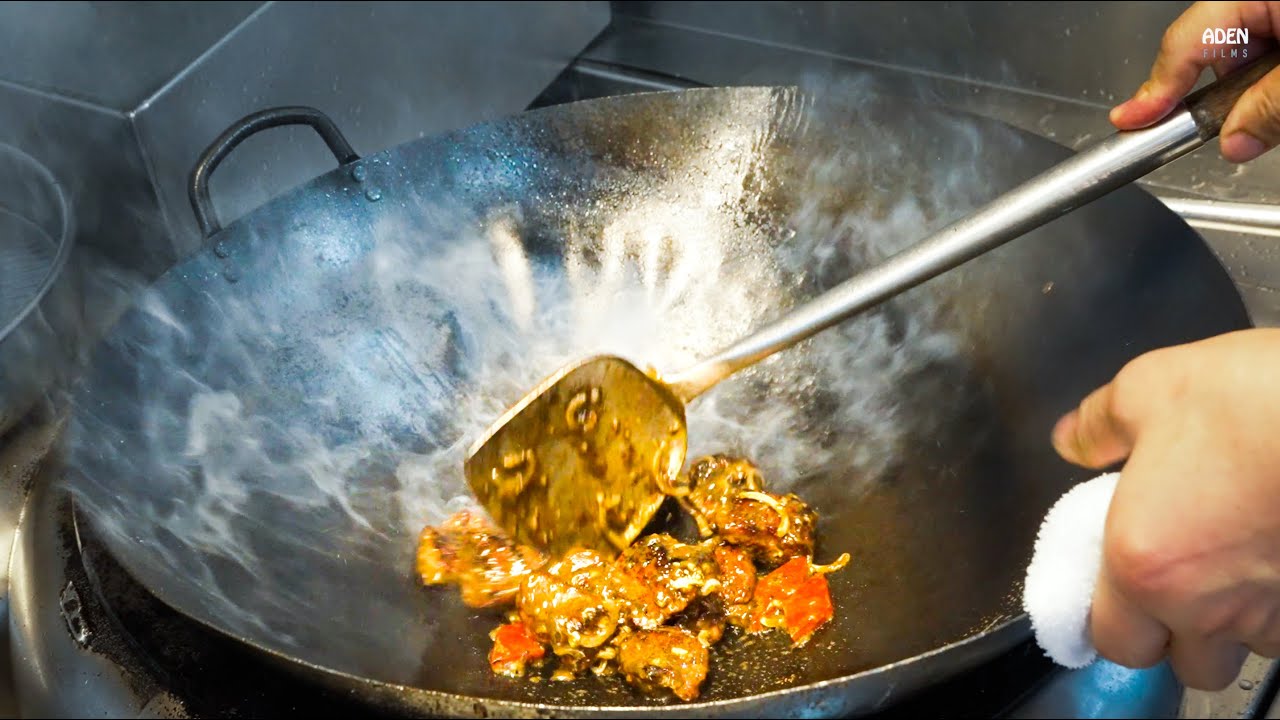


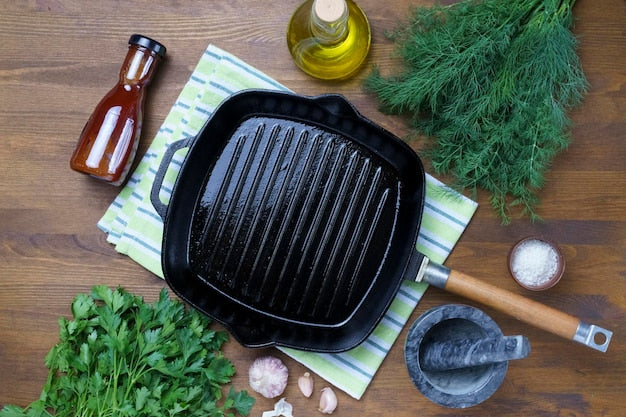
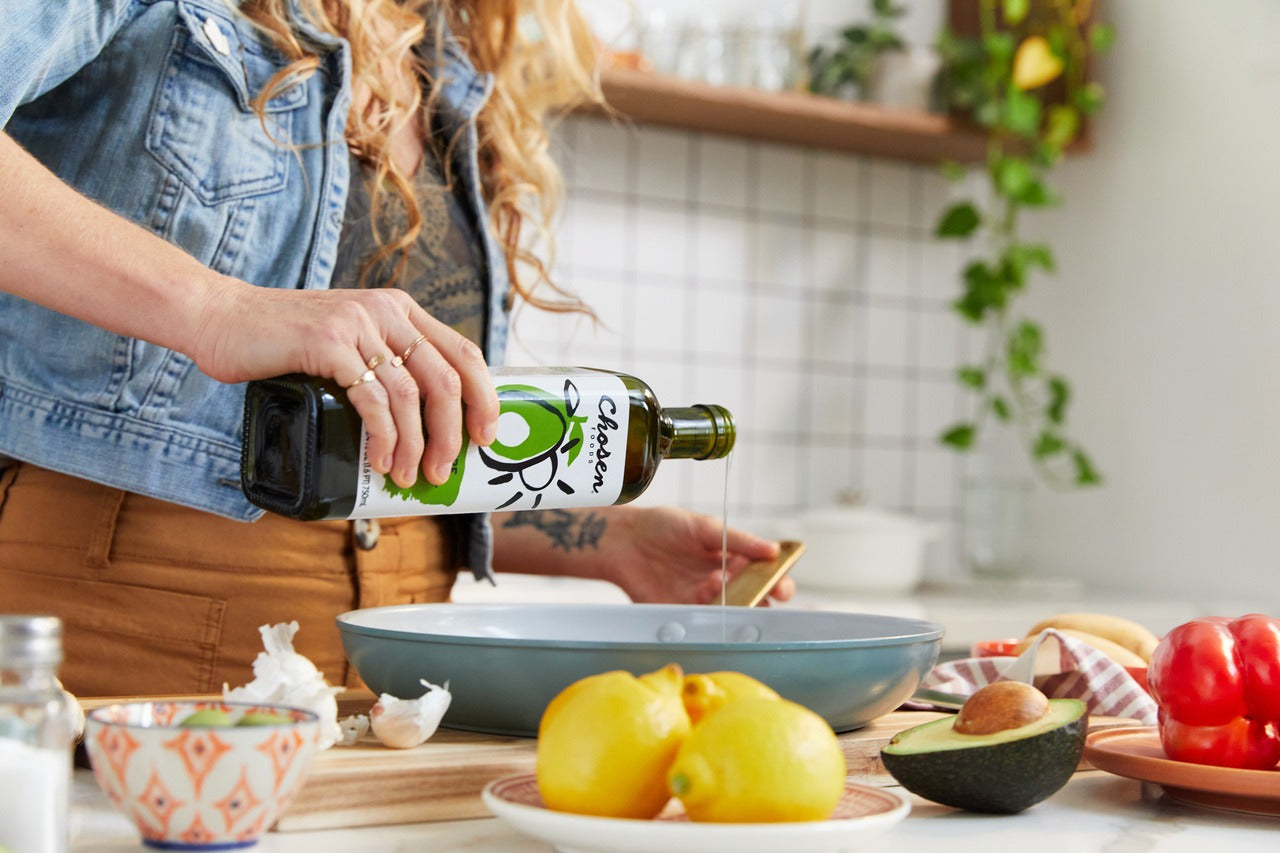
Leave a comment
This site is protected by hCaptcha and the hCaptcha Privacy Policy and Terms of Service apply.